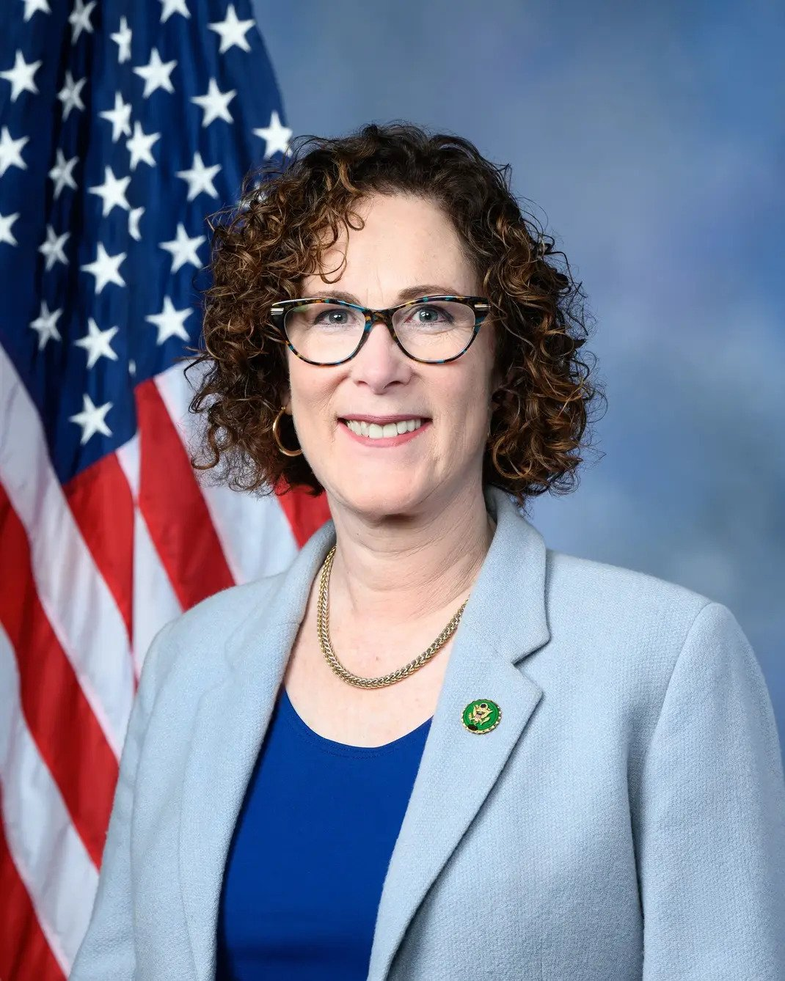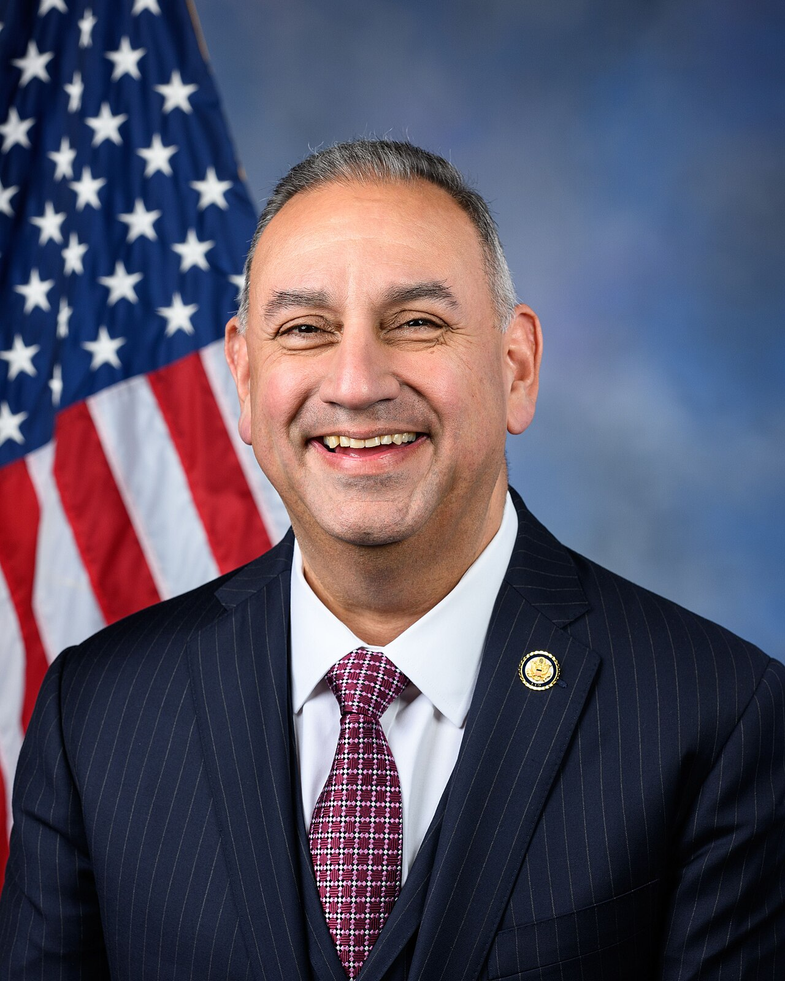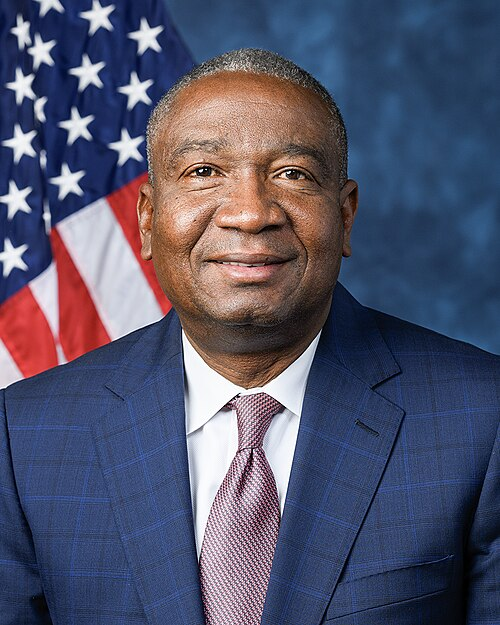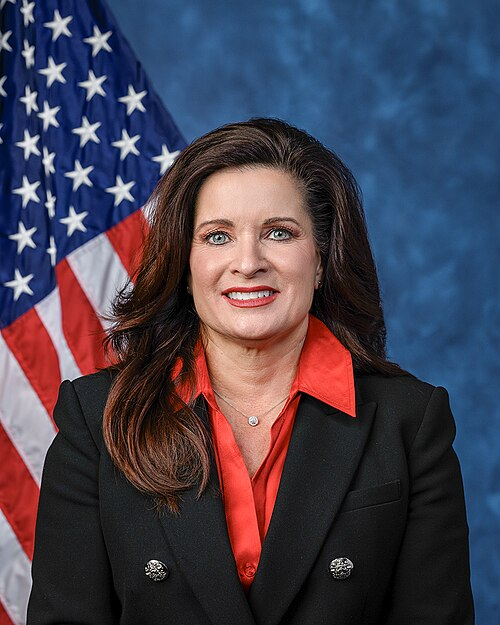S. 1871: Emerging Innovative Border Technologies Act
This bill, known as the Emerging Innovative Border Technologies Act, aims to improve the capabilities of U.S. Customs and Border Protection (CBP) through the adoption of new technologies. Below are the key points of what the bill would entail:
1. Development of a Technology Plan
The Secretary of Homeland Security is required to create a plan within 180 days of the bill's enactment. This plan will focus on the following:
- Identifying and integrating emerging technologies that are safe and secure.
- Enhancing CBP's ability to fulfill its mission along international borders and at ports of entry.
- Involving consultations with various stakeholders within the Department of Homeland Security (DHS).
2. Content of the Plan
The technology plan must include specific details such as:
- How CBP uses its Innovation Team authority to enhance operations.
- An assessment of how effective these technologies have been so far.
- Details on technologies utilized by other federal agencies that could be beneficial to CBP.
- Analysis of CBP's procurement capabilities for acquiring new technologies.
- Assessment of existing technologies that might be phased out for newer options, including cost estimates for such transitions.
- Consideration of privacy and civil rights implications of new technologies.
3. Establishment of CBP Innovation Teams
CBP is authorized to maintain one or more Innovation Teams dedicated to:
- Researching and adapting new technologies that can improve border security operations.
- Assessing potential outcomes, including any negative implications of these technologies.
4. Reporting and Accountability
Within 180 days after the bill's enactment and annually thereafter, the Commissioner for CBP is required to report on the activities and progress of the Innovation Teams. The report will include:
- Operating procedures and strategic goals established for these teams.
- Descriptions of technologies piloted, including their success and the identification of gaps in capabilities being addressed.
5. Cost-Benefit Analysis
Before rolling out any new technology on a large scale, the Secretary must consider the cost-effectiveness of the deployment to ensure that it will provide measurable improvements to border security.
6. Collaboration with Private Sector
The bill emphasizes the importance of collaboration with private companies, research universities, and federal labs to leverage emerging technologies and enhance CBP's operational capabilities.
7. Addressing Civil Rights and Privacy
The bill mandates coordination with DHS's Civil Rights and Civil Liberties Office to ensure that civil rights and privacy considerations are integrated across all technological initiatives undertaken by CBP.
8. Coordination on Artificial Intelligence
It also includes guidance on how CBP should coordinate with officials responsible for artificial intelligence policies to ensure that these technologies are used responsibly.
Relevant Companies
- BA - Boeing: May be impacted due to their involvement in aerospace technologies, which could be relevant for border security innovations.
- LMT - Lockheed Martin: A significant player in advanced surveillance and defense technologies, this company could see changes in demand or contracts as CBP looks for innovative tech.
- CSCO - Cisco Systems: Their communication technologies could be utilized to enhance border security operations, potentially opening new partnership opportunities with CBP.
This is an AI-generated summary of the bill text. There may be mistakes.
Sponsors
2 bill sponsors
Actions
2 actions
| Date | Action |
|---|---|
| May. 22, 2025 | Introduced in Senate |
| May. 22, 2025 | Read twice and referred to the Committee on Homeland Security and Governmental Affairs. |
Corporate Lobbying
0 companies lobbying
None found.
* Note that there can be significant delays in lobbying disclosures, and our data may be incomplete.


































